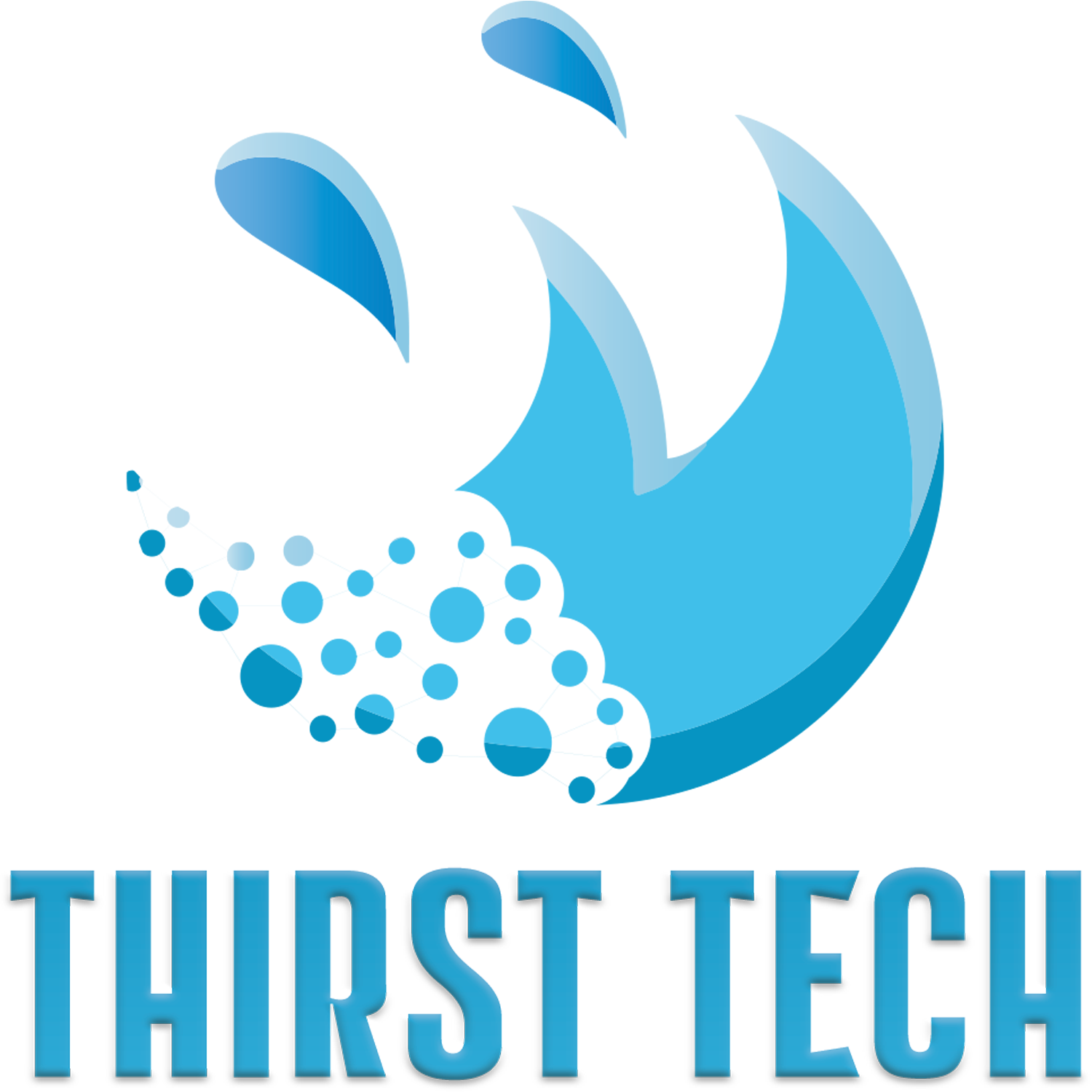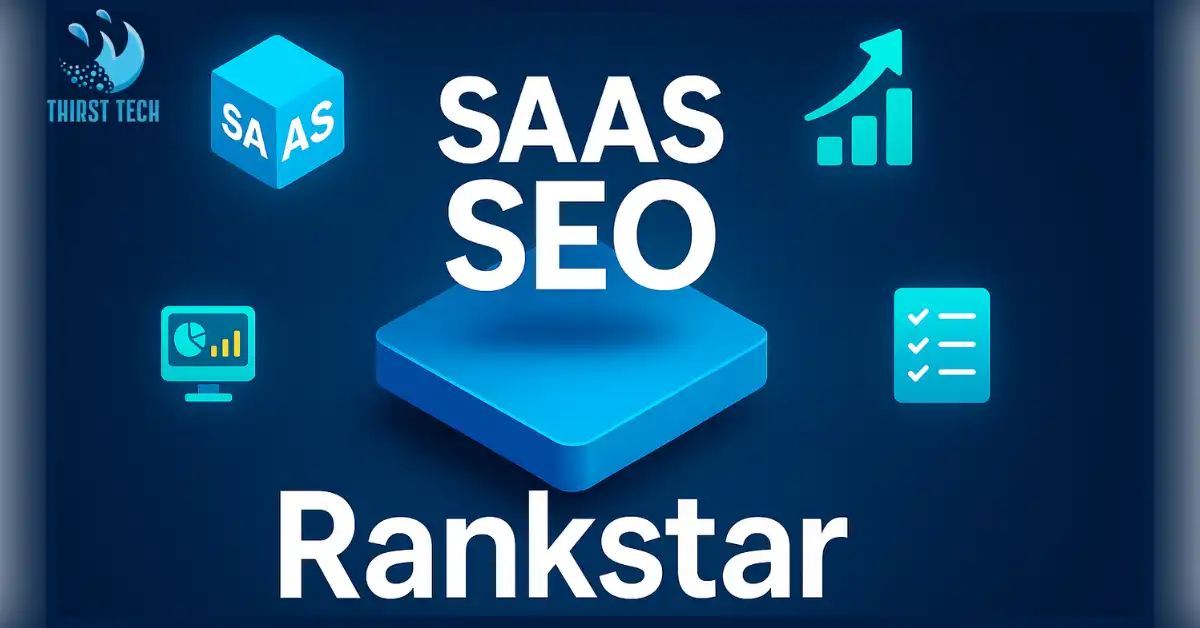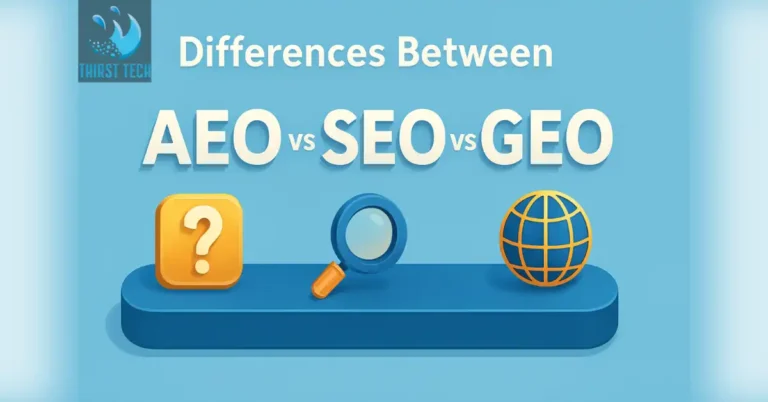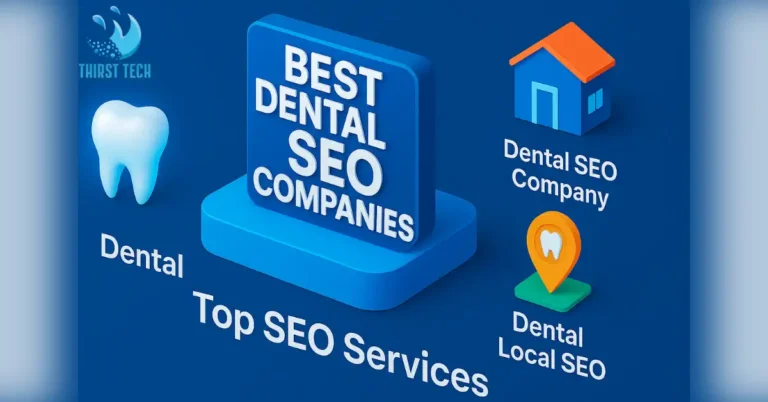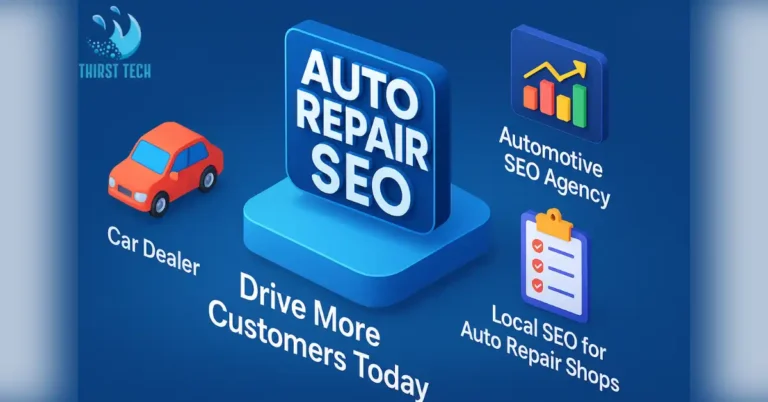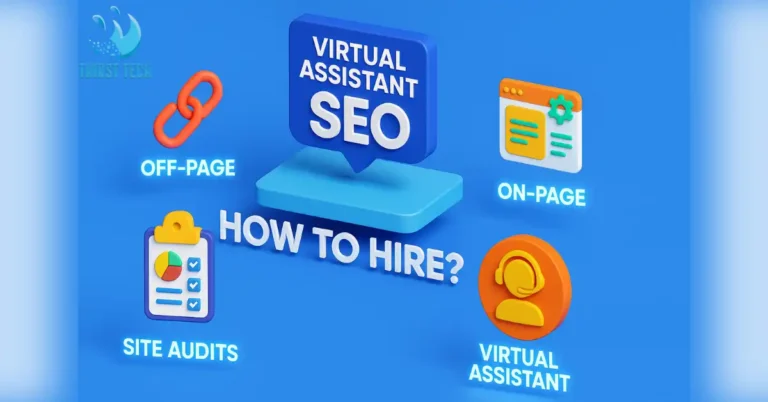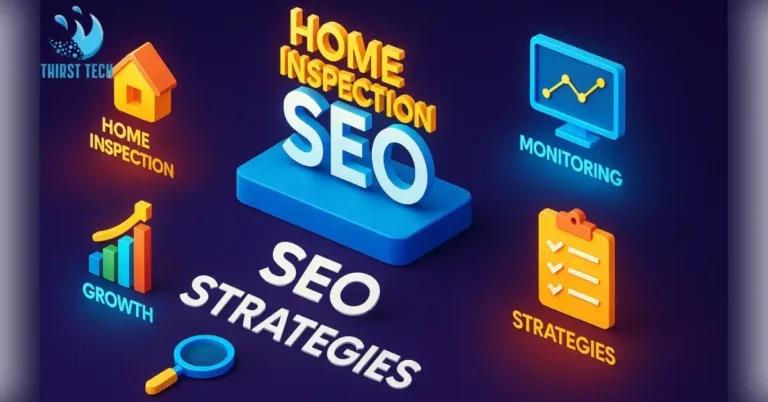Mastering SaaS SEO Rankstar: A Comprehensive Guide for SaaS Companies
In today’s competitive SaaS landscape, the SaaS SEO Rankstar framework synthesizes proven seo strategies with SaaS-specific insights to drive organic traffic, improve search rankings, and deliver long-term growth for saas companies. By blending meticulous keyword research, high-value content, robust technical seo, and strategic link building, organizations can optimize both user experience and crawlability to achieve measurable seo success.
This guide distills the latest industry findings, case studies, and expert recommendations into an actionable roadmap for any saas business seeking to unlock the full potential of search engine optimization in 2025.
Why SaaS SEO Requires a Specialized Approach
Traditional seo tactics often target high-volume consumer keywords, but seo for saas demands a nuanced understanding of B2B buyer journeys and subscription models.
- Long sales cycles: SaaS buyers research solutions extensively before purchase, making mid and bottom-funnel content essential for nurturing leads into trials and subscriptions.
- Subscription retention: Unlike one-time purchases, SaaS revenue depends on renewals, so SaaS SEO Rankstar incorporates content for onboarding, updates, and customer education to reduce churn.
- Competitive differentiation: With over 1,600 SaaS products analyzed for backlink growth, the top performers leveraged tailored content strategies and niche link targets to dominate SERPs.
Crafting a Winning Keyword Strategy
A. Identifying Core and Long-Tail Keywords
Effective saas seo rankstar begins with mapping keywords to each stage of the buyer journey.
- Primary focus terms: “saas seo”, “seo rankstar”, and “seo for saas” serve as pillar topics that align with high-intent searches. Similar to how Auto Repair SEO Services drive highly relevant leads for garages, SaaS marketers must hone in on platform‑specific terminology.
- Long-tail variants: Phrases like “technical seo for saas companies” and “best seo strategies for SaaS products” capture niche inquiries and face lower competition.
- LSI integration: Use semantically related terms “ranking”, “search engines”, and “search rankings” to reinforce topical depth and avoid keyword stuffing.
- For even faster discovery and indexing of new content, teams often turn to a rapid URL indexer.
B. Topic Clusters and Content Mapping
Building content clusters ensures comprehensive coverage and internal link equity.
- Pillar pages: A central overview of saas seo Rankstar links out to in-depth guides on technical seo, content marketing, and link building.
- Cluster content: Individual posts focus on specific tactics, e.g., schema markup, page speed, and case studies, each optimized for related keywords.
- Internal linking: Strategic cross-links guide users through related topics, improving dwell time and signaling content hierarchy to search engines.
On-Page & Content Optimization
A. Title Tags, Meta Descriptions, and URLs
Meticulous on-page optimization forms the foundation of effective seo.
- Title tags: Place the focus keyword near the front (e.g., “saas seo rankstar: Ultimate 2025 Guide”) and keep under 60 characters to avoid truncation.
- Meta descriptions: Craft 150–160 character summaries incorporating “saas seo rankstar” and a compelling call-to-action to boost CTR.
- URL structure: Use clean, hyphenated URLs (e.g., /saas-seo-rankstar-framework) for readability and keyword relevance.
B. High-Value Content Formats
Diversifying content types addresses varying user needs and elevates seo performance.
- Educational blog posts: Tackle pain points like “How to implement technical seo ensures crawlability,”.
- Case studies: Highlight success stories (e.g., Planable’s 176% organic traffic growth) to build trust and provide data-driven insights.
- Product tutorials & FAQs: Use the FAQ Page schema to earn rich snippets and answer common queries directly in SERPs.
- Whitepapers & eBooks: Gated assets attract MQLs and support lead nurturing in later funnel stages. Many teams leverage Virtual Assistant SEO tactics to keep their content calendar full without sacrificing quality.
- While local SEO strategies for home inspectors focus on geographic intent, SaaS platforms should tailor their content to industry‑specific user needs.
Technical SEO Foundations
A. Site Architecture & Crawlability
A logical, shallow site hierarchy ensures all pages receive crawl equity.
- Breadcrumb navigation: Provides clear path signals for both users and bots.
- XML sitemaps & robots.txt: Keep them up to date and error-free to guide search crawlers efficiently.
B. Core Web Vitals & Page Speed
Optimizing for performance metrics is crucial for UX and rankings.
- Largest Contentful Paint (LCP): Aim for ≤2.5 s by compressing images and preloading key assets.
- First Input Delay (FID): Reduce JavaScript execution time to ensure interactions are snappy.
- Cumulative Layout Shift (CLS): Reserve space for ads and dynamic elements to avoid shifts.
C. Mobile-First & HTTPS
Given mobile’s prominence, responsive design and security are mandatory.
- Responsive design: Test across device sizes to maintain readability and navigation.
- HTTPS: Ensure SSL certificates are current to avoid security warnings and ranking penalties.
D. Schema Markup & Structured Data
Implementing structured data enhances visibility through rich results.
- Software Application schema: Highlights key attributes of your saas product.
- FAQPage & HowTo schemas: Provide quick answers and step-by-step guides directly in search results.
Off-Page SEO & Link-Building Tactics
A. Authority Through Quality Backlinks
High-authority links signal trust and relevance to search engines.
- Guest posting: Contribute to SaaS industry blogs and publications to earn contextual backlinks. E.g., just as Top Dental SEO Companies specialize in location‑based strategies for dentists, SaaS vendors must target their unique buyer personas.
- Broken link building: Identify broken resources on niche sites and offer your content as a replacement.
- HARO & expert quotes: Leverage Help a Reporter Out to secure mentions in authoritative media outlets.
B. Partnerships & Directories
Building relationships amplifies reach and backlink opportunities.
- SaaS review sites: Ensure your listing on G2, Capterra, and SoftwareAdvice to gain referral traffic and backlinks.
- Industry associations: Collaborate on research or events to be featured on high-authority domains.
Monitoring, Reporting & Continuous Improvement
A. Essential Tools
- Google Search Console: Monitor indexing issues, query performance, and CTR.
- Google Analytics 4: Track user behavior, conversions, and acquisition channels.
- Technical audit tools: Use Screaming Frog or Sitebulb to identify crawl errors and on-page issues.
- Backlink analysis: Ahrefs or Semrush for link profile health and competitor benchmarking.
B. KPI Dashboards
Align seo performance metrics with business outcomes:
- Organic traffic & search rankings for key terms.
- MQLs & trial sign-ups sourced from organic channels.
- Engagement metrics: Bounce rate, pages per session, and time on page.
C. Iterative Optimization
- Content refreshes: Update top-performing posts with new data, examples, and keywords every 3–6 months.
- A/B testing: Experiment with title tags, meta descriptions, and landing page layouts to improve CTR and conversion rates.
- AI-driven personalization: Use machine learning to recommend relevant resources and boost engagement for returning visitors.
Conclusion
By adopting the SaaS SEO Rankstar framework—combining strategic keyword planning, high-value content creation, rigorous technical seo ensures site health, and authoritative link-building, saas companies can secure top search placements, drive qualified organic traffic, and realize sustainable business growth.
👉 Ready to transform your SaaS SEO? Share your thoughts in the comments, explore our in-depth guides on technical seo and link building, or schedule a free audit to see how saas seo Rankstar can propel your product to the top of the charts.
FAQs
How many times should I use “SAAS SEO Rankstar” in my content?
Aim for 1-3 instances naturally in headings and body copy to avoid overuse and maintain readability.
What is the ideal timeframe to see results?
Typically, 3-6 months for noticeable ranking gains and 6–12 months for sustained seo success and trial sign-up growth.
Can startups leverage this framework effectively?
Yes, by focusing on niche, long-tail keywords, and foundational technical seo, even small saas companies can achieve disproportionate gains.
